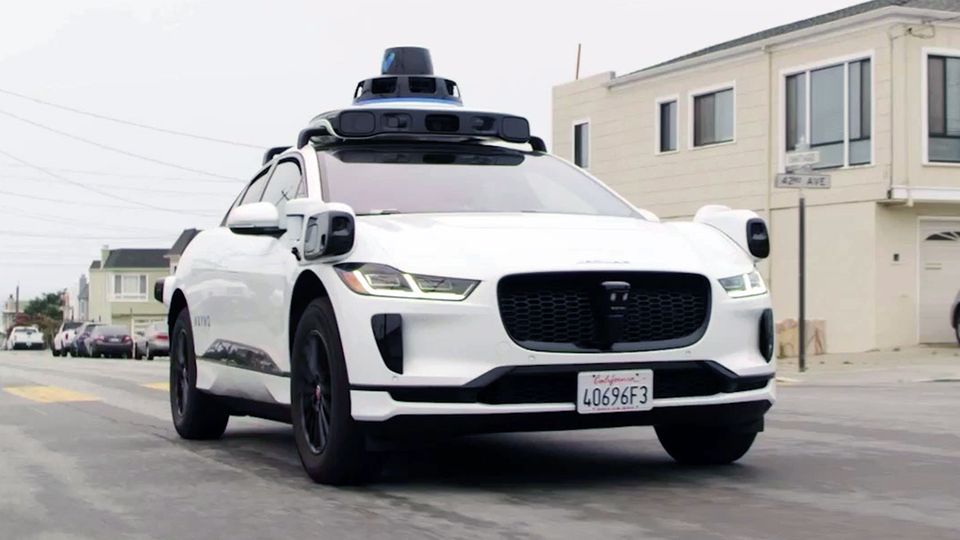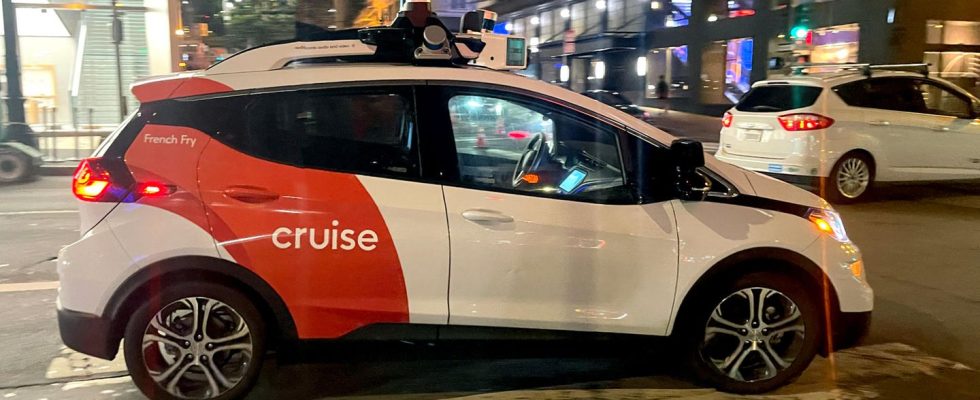san francisco
Too late in the hospital: Accident victim dies because ambulance was blocked by robotic taxis
The taxis from the provider Cruise always cause trouble for rescue workers
© Marty Bicek/ / Picture Alliance
Robot taxis have been allowed to offer their services in San Francisco for a few weeks without restrictions. Rescue workers had previously warned of this. Now it is said to have come to a first death. The operator sees it differently.
It was a controversial decision: Since the beginning of August, the streets of San Francisco have been open to the unrestricted use of driverless taxis. In just three weeks there were several incidents with the taxi services. One is said to have claimed a human life.
This emerges from public deployment reports, which “Forbes” first reported on last week. The accusation weighs heavily: Because two taxis from the provider Cruise would have blocked the road, it was not possible for the rescue workers to bring a seriously injured accident victim to the hospital in time, it says there. However, the provider contradicts the representation.
Tragic accident
According to the report, an ambulance from the San Francisco Fire Department was called to a traffic accident on August 16. A pedestrian was hit by a car. The person was injured so badly on the lower body that they lost a lot of blood and could no longer respond to speech, according to the report. However, two cruise cars stopped for no apparent reason would have blocked the only exit. “This delay, no matter how brief, contributed to a worsening of the condition,” the report said. When the car finally got through, it was too late: 20 to 30 minutes after arrival, the accident victim died of his injuries in the hospital.
The report makes the cars at least partly responsible for this. “In such serious cases, getting patients to the emergency department as quickly as possible is essential to improve their chances of survival,” the report said with more readable frustration. “The fact that autonomous cruise taxis keep blocking important rescue operations is unacceptable.”

Provider Cruise denies guilt
However, Cruise strongly disagrees with this view. The company said the two cars were at the scene, but one quickly left the scene. A spokeswoman for the company told the local newspaper SF Gate that the other car then stopped at an intersection. “However, the ambulance behind the self-propelled vehicle had a clear path to avoid it, which other vehicles – including an ambulance – also used,” she said in a statement.
The company had also made video recordings of the cars available to “Forbes”. From these it can be seen that one of the cars left the scene of the accident, and the cars driving past the other, including the ambulance, were also recognizable. However, it is not clear whether the fire brigade’s larger ambulances would have had enough space, the magazine emphasizes.
Again and again trouble with rescue operations
The fatal accident is the culmination of an already smoldering conflict between the cab operator and San Francisco rescue workers. According to Forbes, more than 70 missions have been disrupted by cruise cars. Again and again, the autonomous taxis would not make room for ambulances, ignore blue lights and sometimes even drive through barrier tapes, warned fire chief Jeanine Nicholson in June. “They’re not ready yet,” she warned against a general release of driverless taxis, which were only allowed at night and in certain parts of the city.
Nevertheless, the traffic authority had decided to release it at the beginning of August. Since then, however, it has been significantly restricted. A cruise taxi crashed into a moving fire engine despite the flashing lights (read more here). The provider was then condemned to take half its fleet off the road again.
Sources:mission report, forbes, SF Gate


